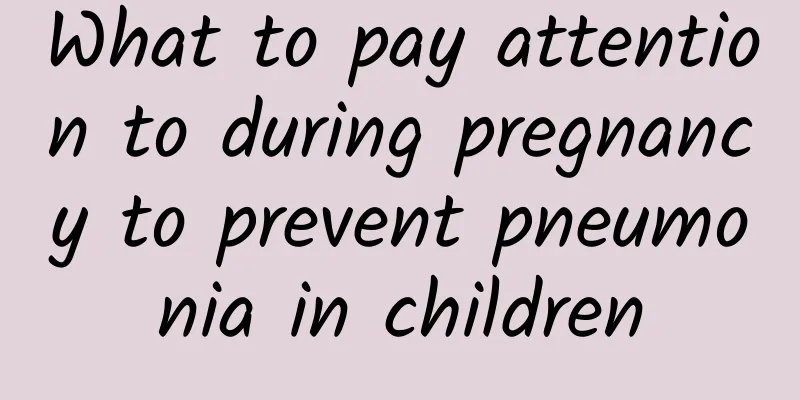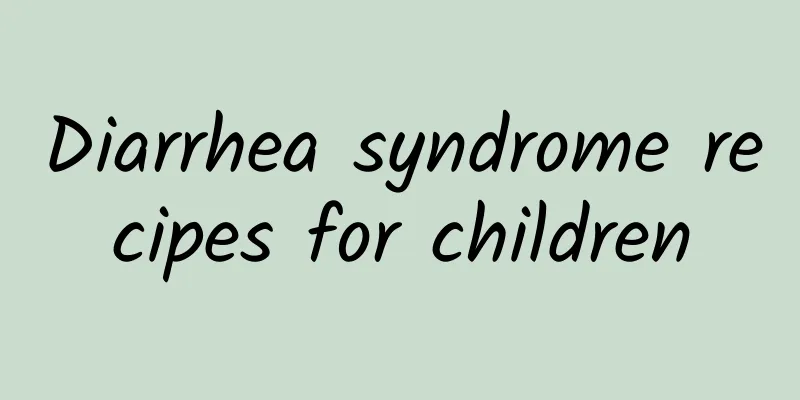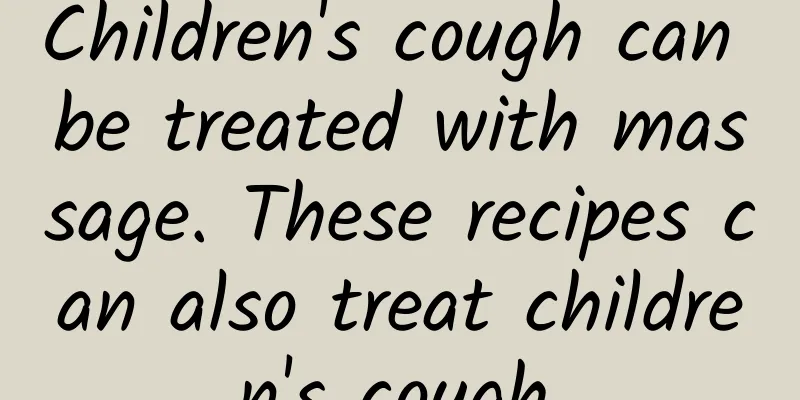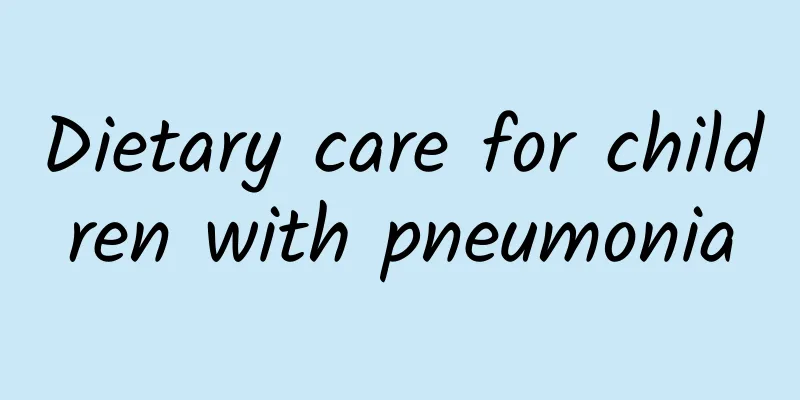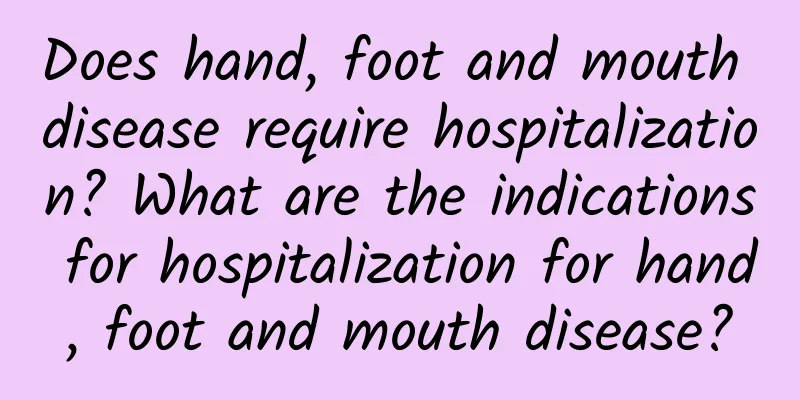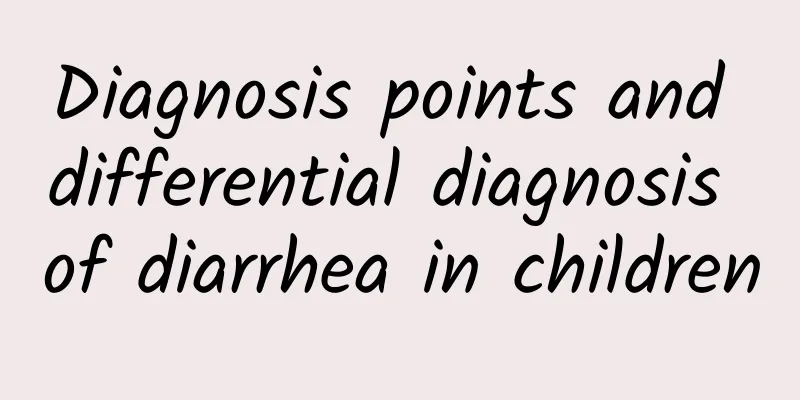How is hand, foot and mouth disease transmitted?

|
Hand, foot and mouth disease is a common disease in infants and young children. It is an acute infectious disease with a high incidence in spring and autumn. At this time, parents should pay attention to isolating their children from the source of infection and pay attention to personal hygiene and eating habits. Some parents may not understand the transmission route of hand, foot and mouth disease and cannot prevent their children from infection. So, how is hand, foot and mouth disease transmitted? 1. Sources of infection of hand, foot and mouth disease Hand, foot and mouth disease is caused by enterovirus infection, the most common of which are Coxsackievirus A16 and enterovirus 71. Humans are the only host of enterovirus. Children, latent infections and virus carriers are the sources of infection. 2. Transmission routes of hand, foot and mouth disease (1) Close contact between people This is an important mode of transmission. Children can be infected by contact with hands, towels, handkerchiefs, cups, toys, eating utensils, milk bottles, bedding, underwear, etc. contaminated with the virus. (2) Droplet transmission When sick children cough or talk, the virus in their throat secretions and saliva can be transmitted through the air (droplets), so close contact with sick children can cause infection. Being in the same room with sick children is the easiest way to get infected. (3) Transmission through the digestive tract Infection can occur by drinking or eating water or food contaminated by the virus. In addition, medical transmission may also cause infection, such as cross-infection in outpatient clinics and improper disinfection of oral instruments, but it is not the main route of transmission. 3. Populations susceptible to hand, foot and mouth disease All age groups can get sick, but the highest incidence rate is in children under 5 years old. Because children's immune function is not well developed, their resistance to pathogenic microorganisms is poor. In addition, infants and young children have poor self-control and have bad habits such as not washing hands seriously, sucking hands, touching eyes and noses, etc., which makes them easily infected. Generally, nurseries and kindergartens are the main places where hand, foot and mouth disease is prevalent. 4. Can it be transmitted to adults? Adults have strong immunity and are not easily infected, but they can become a source of transmission. Hand, foot and mouth disease can be transmitted through droplets, body fluids, the patient's clothing, utensils, etc. When adults touch these things with the virus, they are generally latently infected, that is, they have no symptoms; but they will excrete the virus through the respiratory tract or digestive tract, causing the infection to spread. If he touches other children again, it is easy for that child to get sick. Therefore, whether adults are sick or not, they must pay attention to hygiene, especially washing hands after contact with sick children, or cleaning items used by sick children in time to avoid infecting other children. 5. Use dietary therapy (1) Mung bean and barley soup Method: Wash 200g mung beans and 200g coix seeds, add water and cook. Do not cook for too long, otherwise the beans will become turbid and become bean soup, which will lose its heat-relieving effect. Effect: The skin of mung bean is cold and the flesh is neutral. As a heat-relief food, mung bean should be eaten with the skin. Job's tears are cold in nature, sweet and light in taste, and have the effects of strengthening the spleen, clearing heat and removing dampness. They are suitable for children with hand, foot and mouth disease. (2) Barley and Winter Melon Soup Method: Boil lean meat soup with 100 grams of coix seed and 300 grams of winter melon. Efficacy: Clears away heat and dampness, and promotes the formation of scabs on blisters. (3) Sweet herbal tea Preparation: Boil 2.5 qian of Isatis indigotica leaves, 2.5 qian of honeysuckle, 4 qian of mung beans, and 1 qian of dried tangerine peel in 2.5 bowls of water until it becomes 1 bowl. Add brown sugar to make a sweet herbal tea. Let children take it twice a day (once every four hours) for three days. Efficacy: Clears away heat and detoxifies, suitable for children with hand, foot and mouth disease, and those with rashes and blisters on their hands, feet and mouth. |
<<: Baby coughs and allergic rhinitis after drinking milk
Recommend
What are the dangers of kidney disease in children?
Children can also suffer from kidney disease. Wha...
What drugs are used to treat mumps
Mumps patients are different from other patients ...
What are the common causes of indigestion in children? What should be paid attention to in preventing indigestion in children?
Infant indigestion refers to symptoms of digestiv...
What are the symptoms of thalassemia? Some patients may have jaundice.
Thalassemia is generally called thalassemia, thal...
What is DMD
DMD is a disease called Duchenne Muscular Dystrop...
How to treat an eight-month-old baby's night cough?
If an eight-month-old baby coughs at night, he sh...
What should I do if my baby has breast milk jaundice?
There is a type of neonatal jaundice called breas...
What are the external medicines for malnutrition?
Malnutrition is a big blow to a family. Many peop...
What are the benefits of eating durian? What are the effects and functions of durian?
The benefits of eating durian include improving i...
How to diagnose acute laryngitis in children
How to diagnose whether a child has acute laryngi...
What are the treatment principles for breast milk diarrhea?
What are the treatment principles for breast milk...
How to treat pseudojaundice? Three methods of treating pseudojaundice
Pseudojaundice is mostly caused by dietary factor...
What are the causes of tics and what are the treatments for tics?
Some parents have found that their children are a...
Can pneumonia in children be cured?
Nowadays, many children have pneumonia. Because c...
What causes high jaundice?
Jaundice is usually caused by elevated levels of ...

